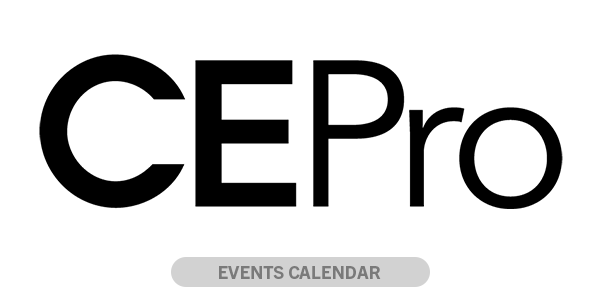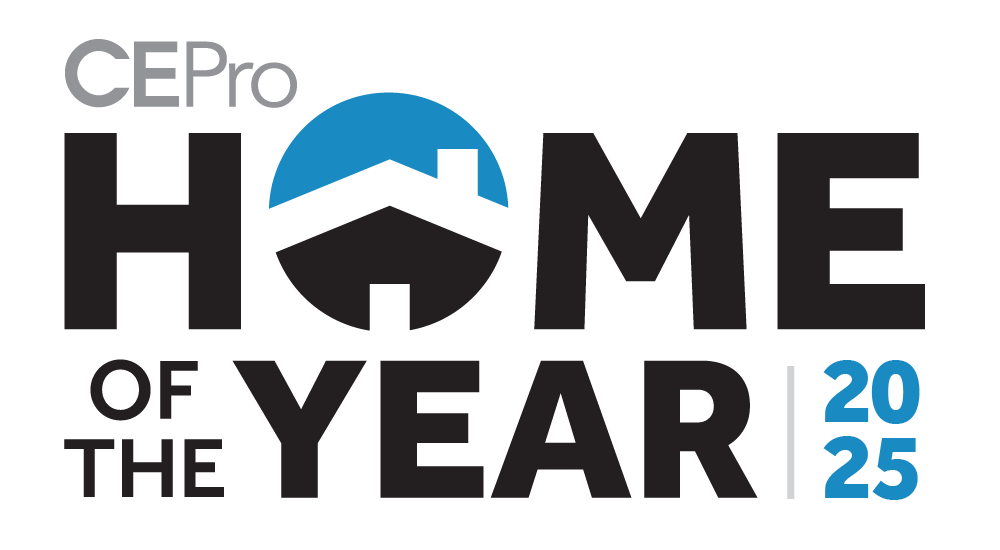Dealers and integrators entered 2025 with tighter timelines, leaner teams and end users who expect frictionless, integrated solutions across AV and security. In this environment, price and product specs still matter—but they’re no longer enough to win loyalty. Working between manufacturers and dealers at Keller & Associates, we get a firsthand look at what demands are being made from the front lines, and one thing that has been revealed time and time again is that dealers want to work with manufacturers: Manufacturers who make it easier to sell, install, and support real projects.
That’s the request in a nutshell, however, we’re going to break it down into more specific themes below while offering some suggestions as to how manufacturers might be able to address these issues and win big with dealers.
Local, Responsive Support
Dealers don’t want another generic inbox—they want a responsive human who understands regional realities—AHJ (Authority Having Jurisdiction) preferences, common site conditions, and distributor stock patterns.
The most effective manufacturers provide:
- A named regional contact (internal or rep) with clear SLAs (service level agreement) for response times.
- A “hotline” path for in-progress jobs (e.g., an escalation phone number for techs on site).
- A short, searchable knowledge base paired with quick video clips (2–5 minutes) that techs can watch in the van.
Example: A manufacturer builds a simple “Jobsite Assist” workflow: If a dealer texts a dedicated number, the system logs the case, routes to the correct regional contact, and promises a first response within two business hours. It’s basic, but it earns trust because it’s reliable.
Training that Fits Field Realities
The fastest way to lose dealer mindshare is to let training lag behind the product roadmap. The fastest way to gain it is to make training short, practical, and repeatable.
- Offer 45–60-minute micro-sessions by role (sales positioning, installer tips, troubleshooting).
- Provide certifications that help dealers sell (badges/credentials they can show end users).
- Make everything on-demand after the live run—clips, decks, and a one-page “first install” checklist.
Example: A quarterly webinar series that alternates between sales use-cases (“How to position small-site access control”) and hands-on installer sessions (“Wiring, addressing, and first power-up”). Attendance grows when topics map to current demand rather than generic feature tours.
Programs that Create Pipeline—Not Just Markdowns
Discounts move inventory, but programs build businesses. Dealers respond to campaigns that help them win projects and expand accounts.
- Time-bound demos: A 30-day demo kit with a clear return/convert path.
- Project registration with guardrails: Protect early spec work, but make approval fast and transparent.
- MDF with a template toolkit: Co-branded email copy, landing pages, and one-page sell sheets dealers can customize in minutes.
Example: A manufacturer pairs a limited-time demo program with a two-email nurture template the dealer can send to its own list, plus rep follow-up cadences.
The lift is minimal for the dealer, but the outreach is professional and timely—so it gets used.
Integration-Ready Products and Documentation
Even small jobs now touch multiple ecosystems. Dealers prioritize manufacturers who reduce integration risk:
- Clear API guides with copy-paste examples.
- A sandbox or emulator so partners can test before they deploy.
- Published compatibility matrices (cameras, NVRs, access panels, control systems) that are current and honest about limitations.
Example: A device maker publishes a lightweight “Starter Kit” repo with three common integrations and a 10-minute video walkthrough. Dealers can prototype in an afternoon, which de-risks the sale and installation.
Inventory Transparency, Realistic Lead Times
Dealers will work around long lead times if they get credible visibility. What erodes trust is surprise. If manufacturers practice these policies, they will gain trust with dealers:
- Share rolling stock forecasts by SKU through distributor portals and rep updates.
- Offer “good/better/best” alternates when a hero SKU is constrained—and explains the tradeoffs.
- Communicate early about lifecycle changes and last-buy dates so dealers can plan.
Example: A monthly “Availability Snapshot” email that lists top SKUs with color-coded status (In Stock / Tight / Allocated) plus recommended alternates. It’s simple, but it keeps projects moving.
Offer Sales Support
Many dealers lack bandwidth to produce polished collateral or campaigns. The winning approach is to provide assets that are 90% done:
- Co-brandable PDFs in editable formats (and web-ready versions).
- Short customer-facing videos (30–60 seconds) dealers can embed on their sites.
- Use-case playbooks: one page each for common verticals (small retail, K–12, multifamily), with problems, outcomes, and starter BOMs.
Example: A manufacturer ships a “Campaign-in-a-Box:” three emails, four social posts, a landing page mock, one case study, and a rep follow-up script. Dealers personalize the logo and phone number and go live in a day.
Post-Sale Partnership and RMR opportunities
Dealers value manufacturers who help them stay in the account after the install. To accomplish this, the rep says manufacturers should provide:
- Clear pathways to service plans, health checks, and firmware cadence messaging to end users.
- Analytics dashboards or alerts that dealers can brand, creating recurring touchpoints.
- Upsell kits (e.g., add-on licenses, expansion devices) timed to common milestones.
Example: Ninety days after activation, the dealer automatically receives a “Usage & Health” snapshot they can share with the end user. It’s a natural conversation opener for add-ons or a service plan.
Communication that Respects Dealer Time
Every touchpoint should be easy to act on:
- Subject lines that state the value (“K–12 kit: updated door schedule template”).
- Single-screen emails with one call to action.
- A predictable monthly rhythm: product, program, training, availability—always in the same order.
Example: A “Monthly Four” update: 1) New/updated products, 2) Program/promotions, 3) Training dates, 4) Inventory notes—with links to deeper content. Dealers know exactly where to look, every month.
The Bottom Line: Make Dealers’ Lives Easier
In today’s smart home market, the manufacturers that champion dealers share a pattern: They reduce friction before, during, and after the sale. They answer questions quickly, train practically, design programs that build pipelines, document integrations clearly, communicate inventory realities early, and equip partners with ready-to-deploy sales tools.
Matt Dagoc is marketing coordinator for Keller & Associates.







